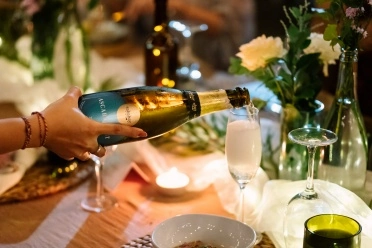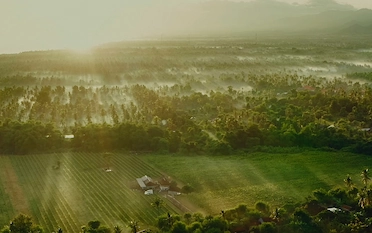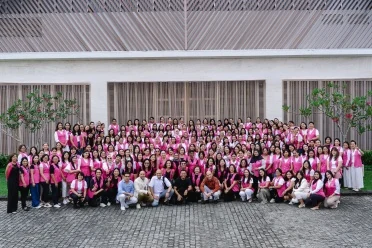Nestled amidst the lush landscapes and serene waters of Lake Batur, Bali, lies a village unlike any other: Trunyan. This enchanting village has captured the curiosity and fascination of travelers for decades, not only for its breathtaking beauty but also for its captivating history and distinctive way of handling the departed.
Where the Dead Laid to Rest: Unveiling the Mystical History of Trunyan Village
A Glimpse into Trunyan's Past
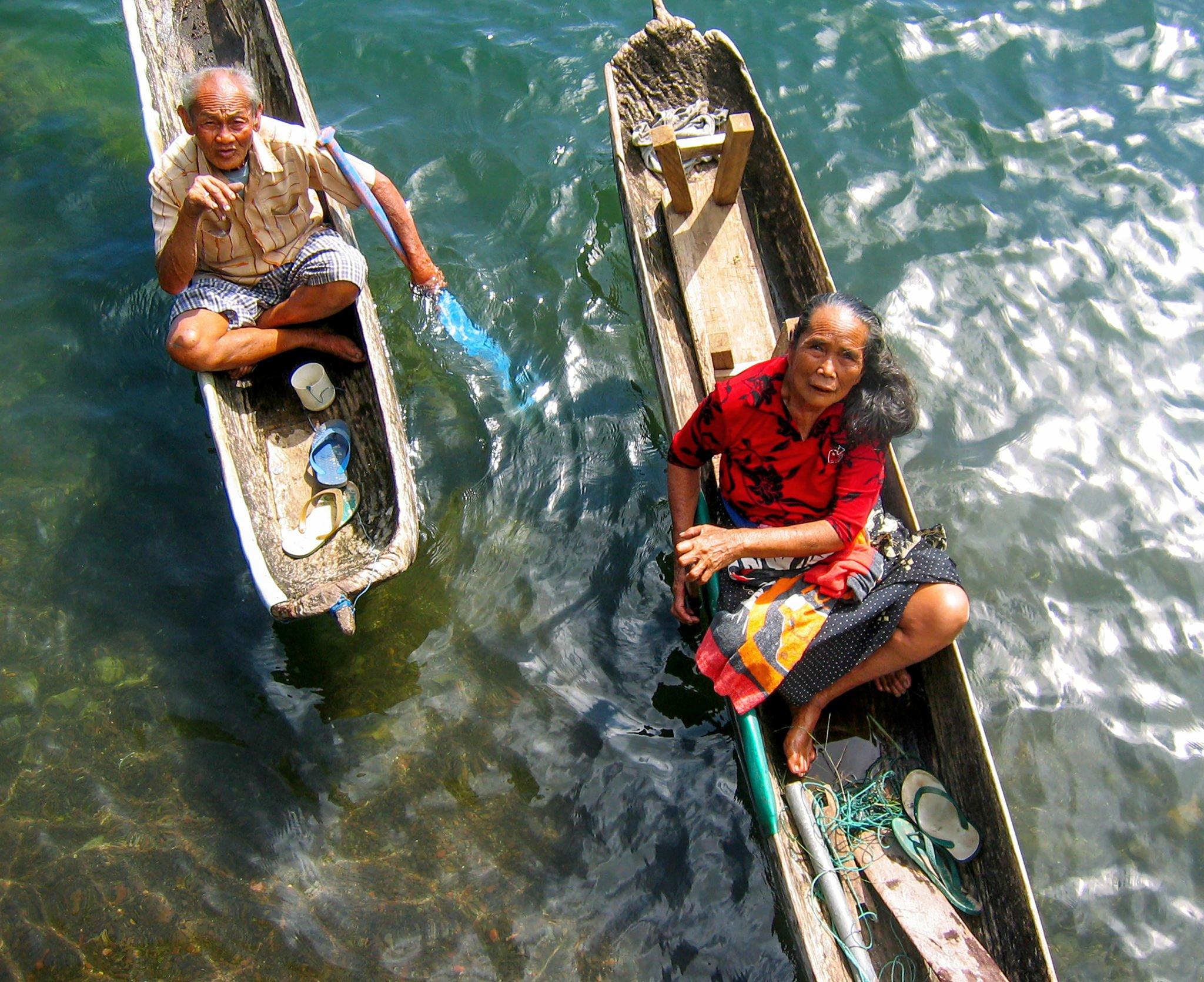
Trunyan's history is interwoven with Bali's rich cultural aspects, dating back centuries to a time when traditions were carved into the very essence of life. As a testament to the island's deep-rooted spirituality, the village has preserved its heritage through generations, offering an invaluable window into Bali's past. The residents of Trunyan, often referred to as the 'Bali Aga', are descendants of the island's original inhabitants, who inhabited Bali long before the Majapahit Dynasty's arrival in the 14th century.
The Unconventional Approach to Handling Death
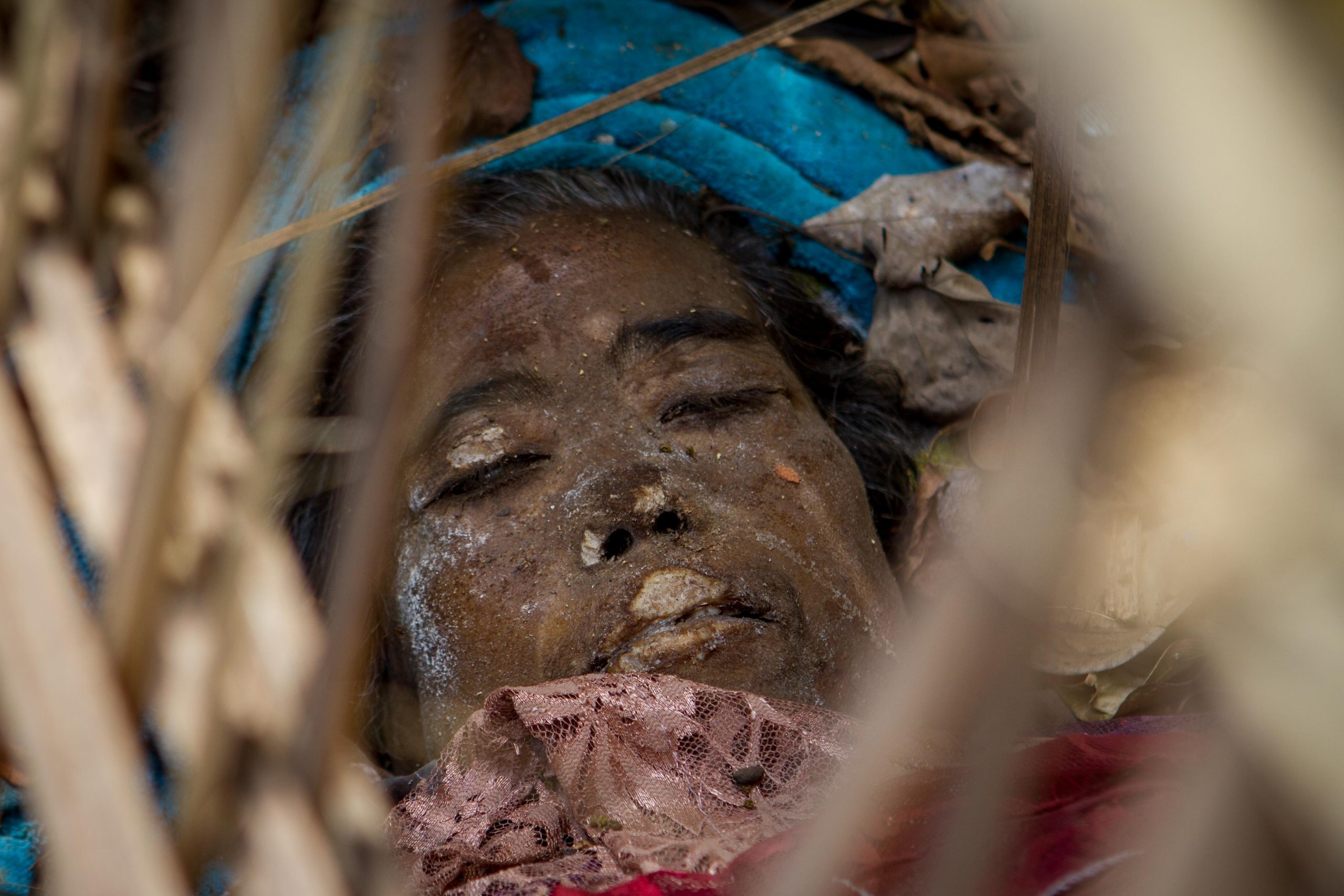
What truly sets Trunyan Village apart from its counterparts is its unconventional method of dealing with the deceased. Instead of conventional burials or cremations, the Trunyan community practices an age-old ritual known as "mepasah." This fascinating ritual involves placing the bodies of the departed under a sacred tree known as the Taru Menyan, or "Fragrant Tree." Unlike the bustling and often chaotic cremation ceremonies found in other parts of Bali, the atmosphere in Trunyan is one of serene acceptance.

The Taru Menyan is believed to emit a naturally pleasant aroma that neutralizes the odor of decomposition, allowing the bodies to be left exposed without causing offense to the senses. This distinctive practice is not only a testament to the villagers' deep-rooted spiritual beliefs but also an embodiment of their harmonious coexistence with nature. This bond between the living, the dead, and the environment sets Trunyan apart as a village that thrives on maintaining its connection to the Earth and the cosmos.
A Glimpse into the Ritual
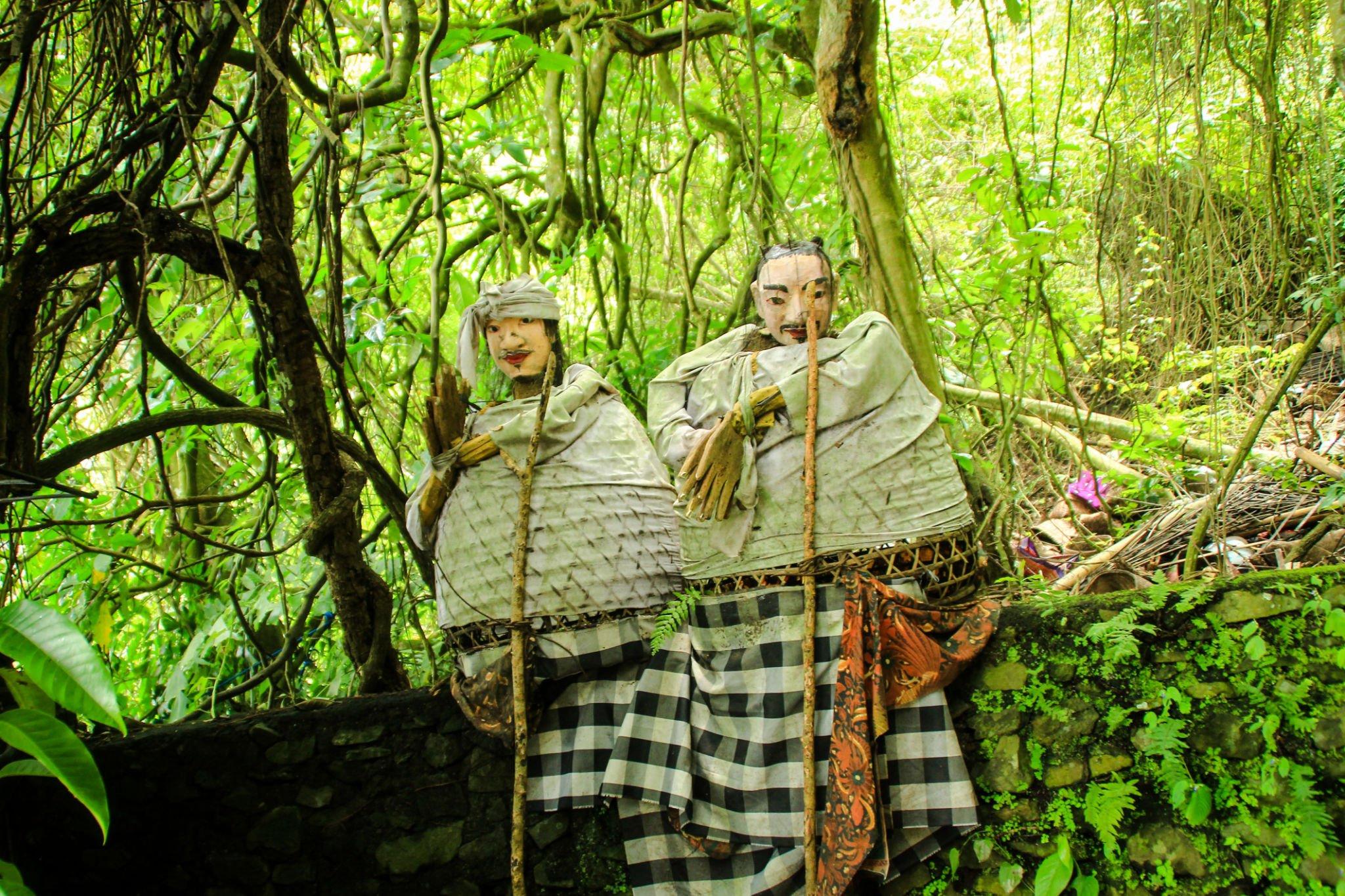
As the sun casts its golden rays upon the village, the tranquil ambience of Trunyan is interrupted by the gentle hum of the ritual. The villagers carefully place the bodies of their departed loved ones beneath the Taru Menyan, enveloping them in a profound connection to the Earth. This practice symbolizes a cyclical perspective on life and death, where the body returns to its natural state, enriching the soil and perpetuating the circle of life. The mepasah ritual serves as a poignant reminder of the intricate dance between existence and transcendence.
Tourism and the Trunyan Experience
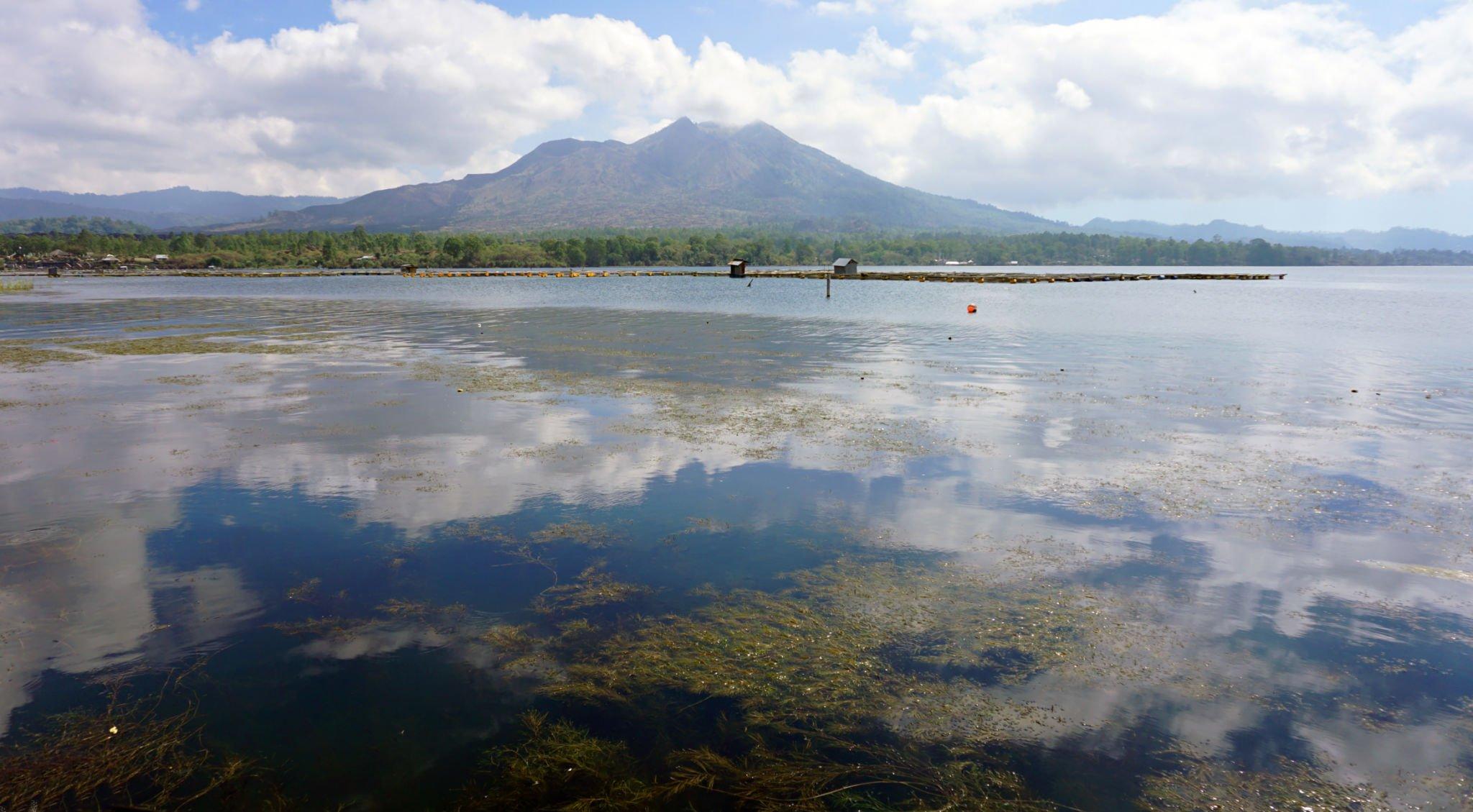
In recent years, Trunyan's unique customs have drawn the attention of curious travelers seeking to unravel the mysteries of this ancient village. The village offers an authentic and unfiltered glimpse into a way of life that seamlessly intertwines spiritual devotion with the rhythms of nature. Tourists who navigate the verdant pathways of Trunyan will find themselves immersed in a world untouched by fast-paced modernity.
Visitors are often welcomed into the homes of the villagers as well, where the warmth of hospitality mingles with the fragrant breeze. Local guides, often descendants of generations that have called Trunyan home, weave captivating tales of the village's history, traditions, and the profound significance of the mepasah ritual. This personal connection offers a glimpse beyond the surface, inviting travelers to forge a deeper connection with the essence of Trunyan.
Preserving the Essence
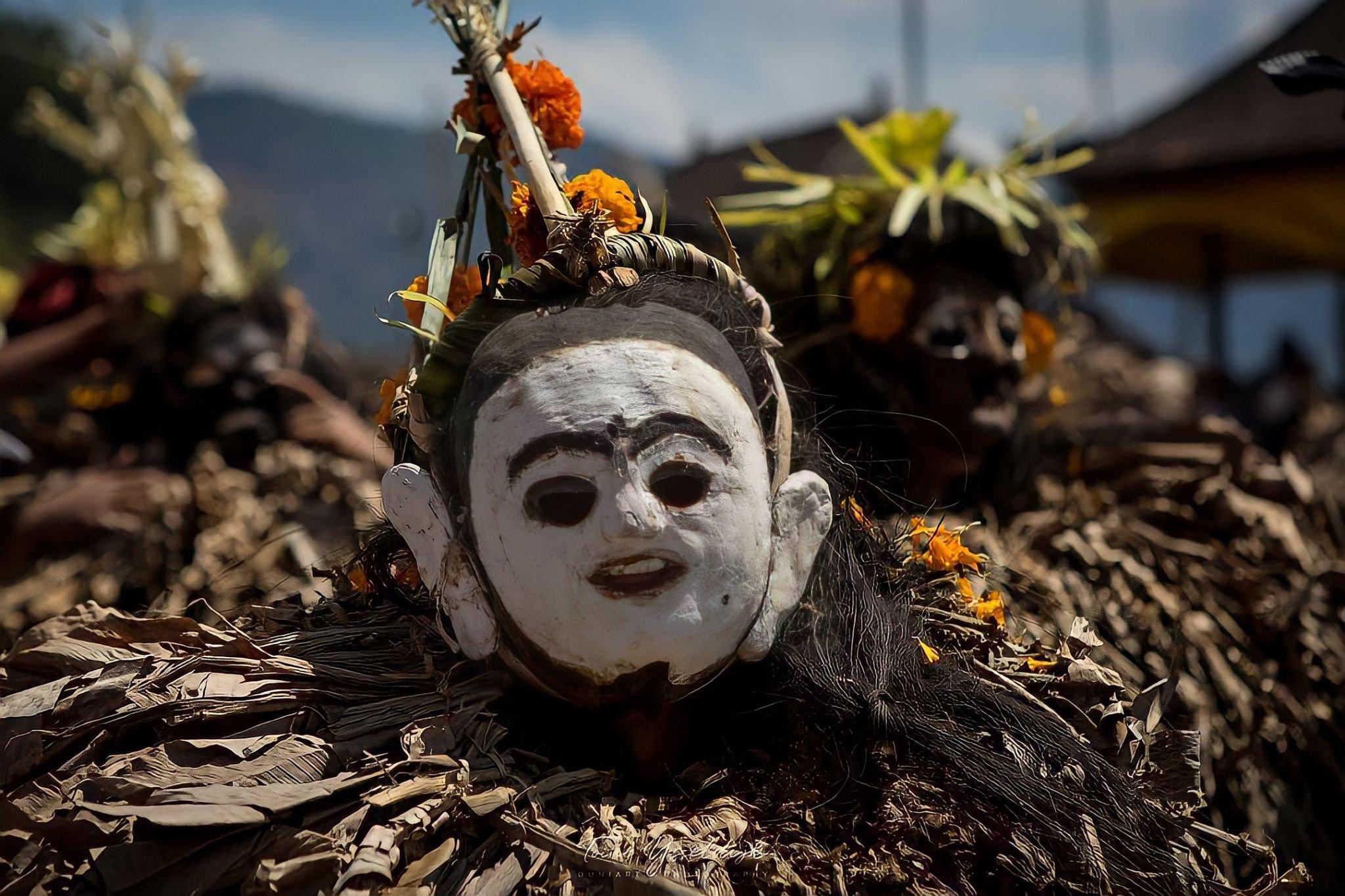
As Trunyan delicately balances the influx of curious travelers with the preservation of its cultural heritage, the village stands as a testament to the importance of responsible tourism. The Trunyan people, with their unwavering dedication to their customs and their respect for the environment, teach us invaluable lessons about harmony and preservation.
In a world that often seems to be moving forward at an astonishing pace, Trunyan Village reminds us of the beauty of embracing our roots, connecting with nature, and honoring our departed loved ones in a way that transcends conventional norms. This remarkable village beckons us to tread lightly, to listen intently, and to experience the transformative power of ancient traditions that continue to shape the world around us.



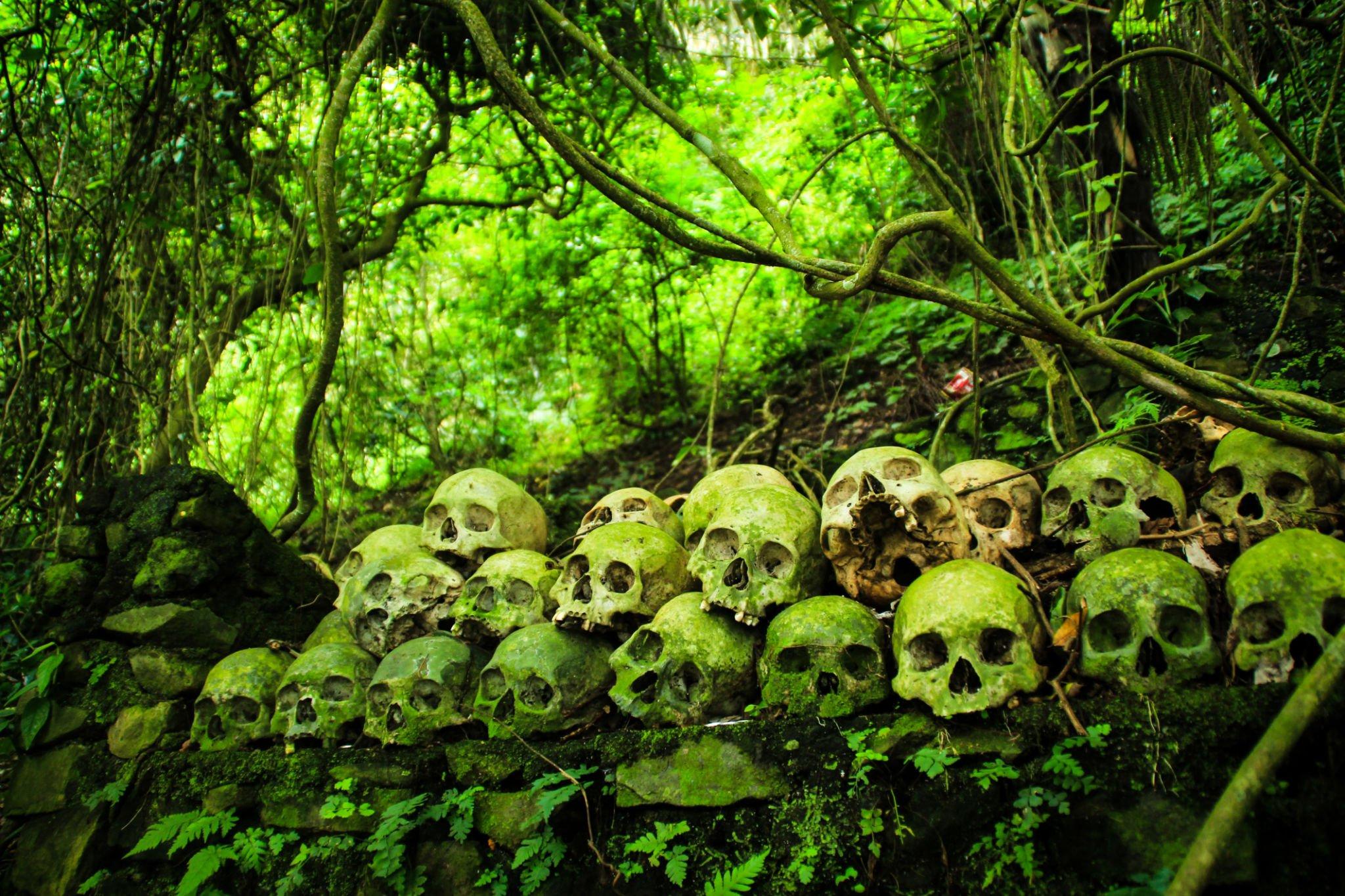
 Billy Bagus
Billy Bagus
 Sep 01, 2023
Sep 01, 2023


